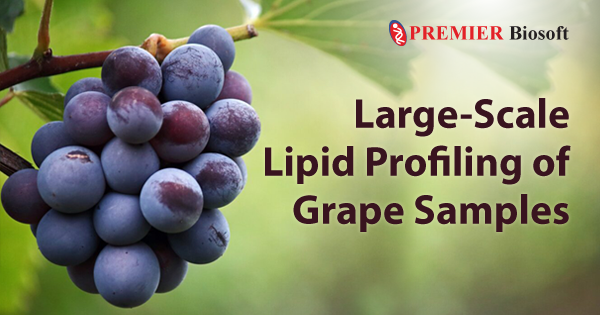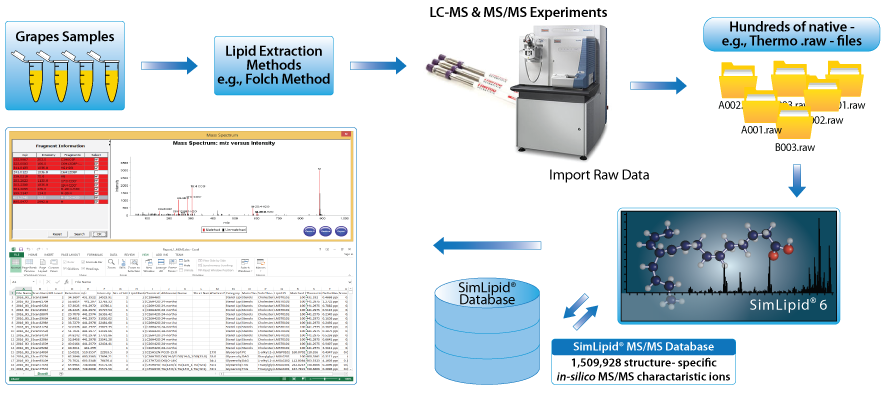Large-Scale Lipid Profiling of Grape Samples

April 28, 2022
Lipids, the building blocks of cell membranes, play a significant role in plants by taking part in multiple biological processes like seed storage reserve, pigments for energy capture for leaves, and molecular signaling. Recent advances in analytical techniques have led to select mass spectrometry as the preferred method for lipidomics. MS-based plant lipidomics has slowly gained prominence due to its high specificity and selectivity. However, this approach has limitations when analyzing large-scale LC-MS data. The chemical complexity and a large range of concentrations corresponding to thousands of lipid species along with co-eluting lipid species from a class make the overall process cumbersome. To streamline such a large-scale data analysis method, SimLipid® software was re-developed and implemented to identify the different lipid classes and molecular species in grape samples using the Orbitrap Velos Pro Hybrid MS instrument by Thermo Fisher Scientific.
Individual experiments using several grape genotypes were performed to generate 98 biological samples. Lipids were extracted using the Folch method from these grape samples. Upon extraction, the LC-MS was carried out using an LC coupled-LTQ Orbitrap Velos Pro Hybrid MS. A total of 178 LC-MS run data was collected and subjected to lipid profiling using SimLipid software. The MS/MS scans corresponding to both negative and positive mode accounted for over 1.5 million scans. These scans were divided into multiple batches with each batch comprising 100,000 MS/MS scans and subjected to SimLipid MS/MS database search using 5 ppm precursor and product ion tolerances. 1266 total unique lipids were identified without any filter criteria between experiment runs. Upon applying the filters for score (>=0.05) and Matched Sum RI (100), a total of 1235 unique lipids were identified. Simlipid software was able to alleviate the challenges posed by large-scale MS-based lipidomics data and facilitated faster lipid profiling of complex biological samples. For more information, please schedule a meeting with us.

Fig: Schematic representation of LC-MS based large-scale lipidomics analysis using SimLipid software
| Comment | Share |
|


